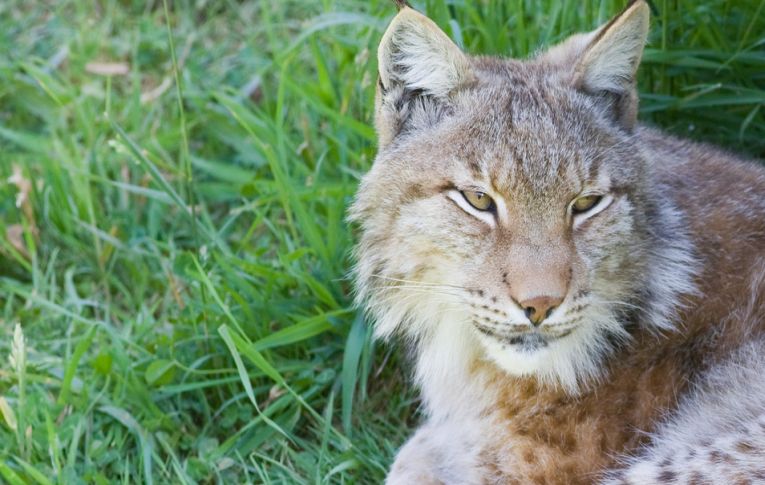Readability is a prime concern of ours but in a generalist publication that we review here, we need not worry. Ken Thompson has made a very useful account of invasive organisms most readable by adding fascinating facts that are truly interesting to both well-known and obscure species descriptions.
The point about the species in his title is that wild camels are only really found now in Australia, while the camel group first appeared and was most successful in North and then South America. The traditional Bedu domestication of camels and their use in their cultures has possibly kept them from extinction in Asia and Africa.
The horror stories about invasive species (we call them Invasive Alien Species) are covered elsewhere in two parts: IAS lose us ecosystems and biodiversity. and can be well-known, as in the Japanese knotweed problem or Australasian brown tree snakes, Boiga irregularis, that killed off many of Guam's vertebrates and were even dangerous to humans!
Ken Thompson treats us to a feast on why a minority of aliens survive, how humans fear the unknown (species) and whether climate change and biodiversity are important in each case studied in Where Do Camels Belong. (ISBN 9781781251744) The English and their previous wooden navy loved their oak tree, but it's Spanish. The Welsh grow leeks that ancient Romans brought to Britain with their chickens and rabbit warrens. When people re-introduce wolves, beavers or lynx, farmers and others with similar interests are naturally alarmed. We are not prepared to be alarmed or wait until the furore has settled before the inevitable reactionaries begin operations. Animals are shot or trapped when they might (or might not) be able to provide a cost-free service in balancing the ecosystem.
Strangely, Ken quotes the prevention of the influenza virus as being included on US invasive alien costs. Somebody is confusing viral spread with a vertebrate's more limited invasiveness, and deliberately! He is also a keen gardener, and able to distinguish thousands of plant and animal species that are simply planted out of context. Whether they cause a problem or not is almost immaterial. They are wanted, so they tend to remain in your garden. Some invaders stay whether you like it or not.
And the point is? Apart from invading humans, all over the land surface, the evolution of all life has included the occupation of prime niches, often far from the original speciation. How can we be concerned about it, when the majority of species do it. The big African snail, the ugly snake and the "new" beavers or hogs alarm us, whether we need to be alarmed or not. A terrible plague happens, but then dies down. Integration usually involves decimation by a predator, using the snowshoe hare/lynx model. When humans introduce predators such as in biological control mechanisms, Ken can tell you some of the unfortunate results.
Some introduced predators would be very much favoured by this intrepid author. The imperial eagle or the critically-endangered Iberian lynx are unknown in much of Europe. Used to control rampant rabbit populations, it could be that their effects would be less than those of the white tailed eagle or a Scottish wildcat. The uproar from vested interests would be unbearably loud, but this author can convey emotions to an extent. He may know we would love a majestic raptor or hate a wild "cat" that was more dangerous than what we are used to. Maybe it really is how new, big, or ugly a species is that decides its fate.










